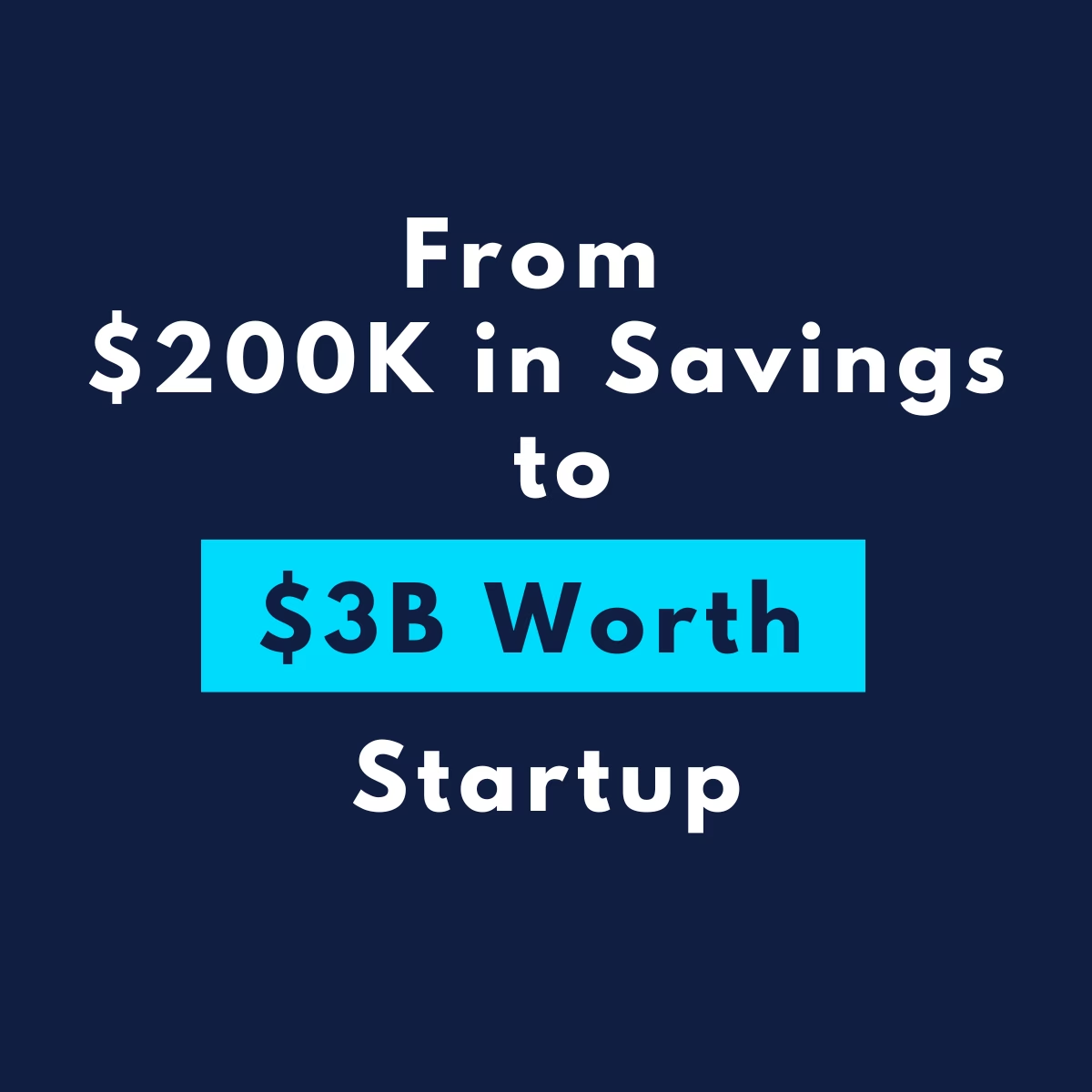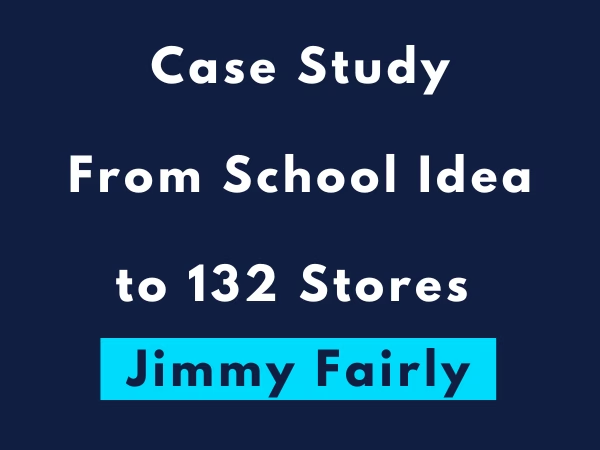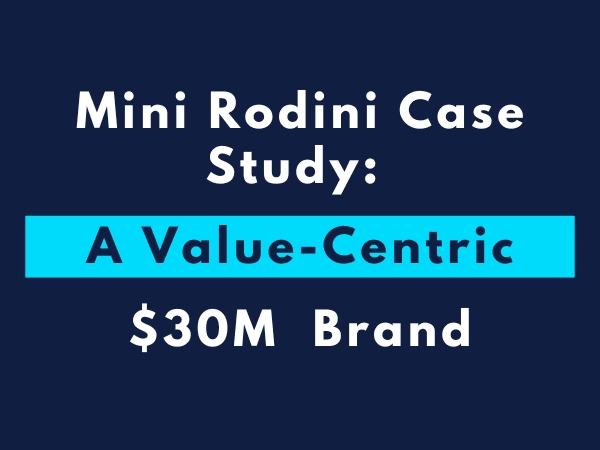Table of headings I’m gonna talk about:
How Did Ben Come Up With The Idea?
Who were their first customers
Profitability and raised funds
Scaling With Influencer Marketing
How Did Ben Come Up With The Idea?
Ben Francis bought a sewing machine, learned how to sew from YouTube videos, and started making slim fit gym clothes that no one else was making.
Why?
Out of frustration!
He was a teenager, into fitness, lifting weights, spending a lot of time at the gym.
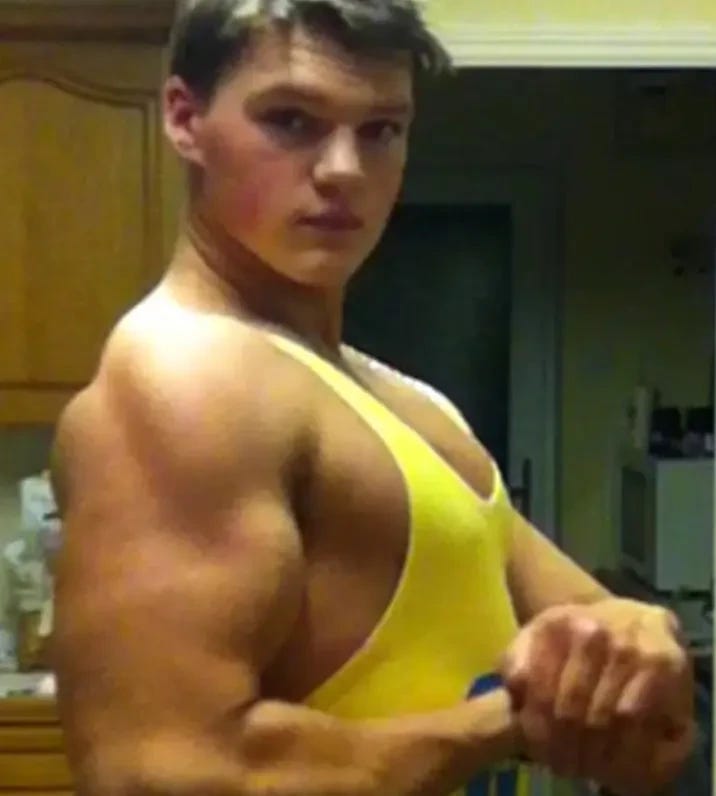
But he noticed something. The gym clothes out there either did not fit well, looked boring, or cost too much.
At that time, big brands were not making gym wear that fit young lifters who wanted to look good and feel good while working out.
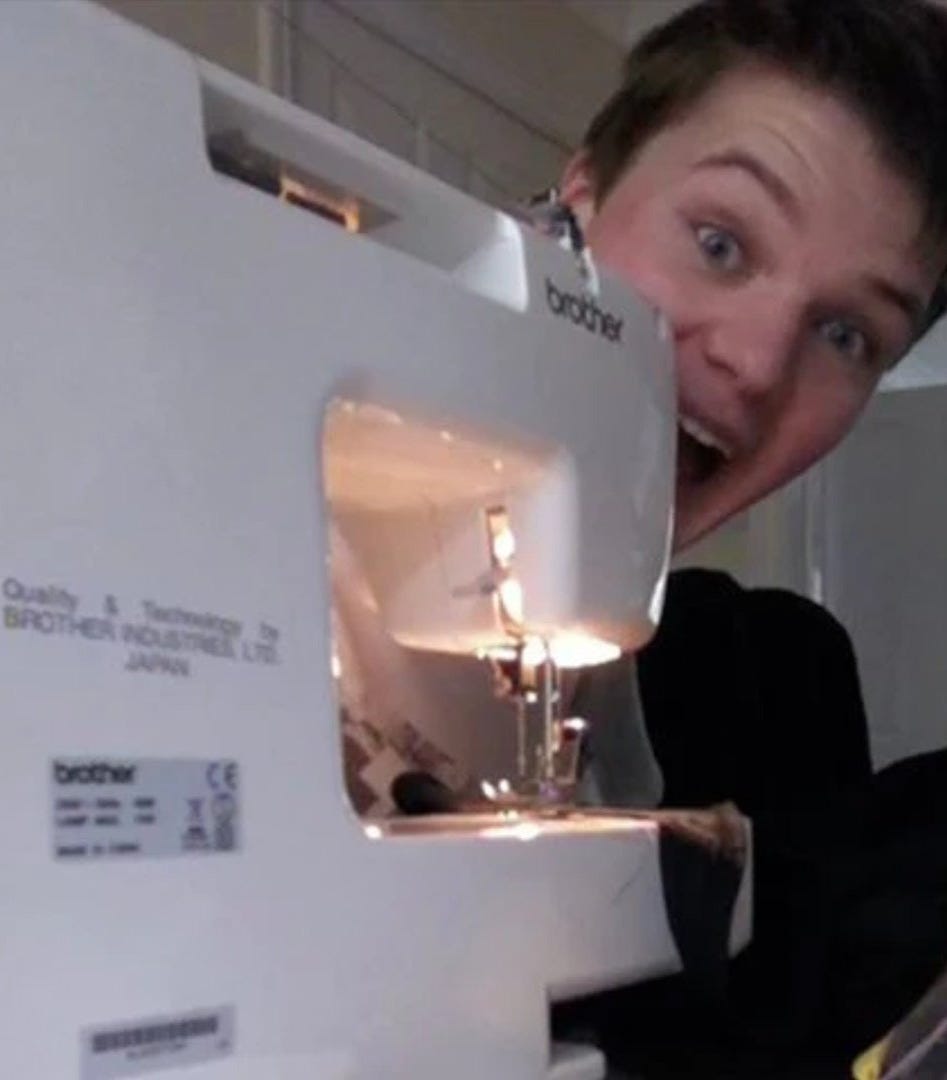
Ben wanted something stylish, and affordable.
So he decided to make it himself.
He got a sewing machine, taught himself through YouTube, and after a messy learning curve, he started creating nicely fitting gym clothes nobody else was offering.
That simple frustration turned into an idea, and that idea became Gymshark.
Who were their first customers
Ben was into fitness and followed a bunch of fitness YouTubers.
He started sending them the gear he was making, hoping they’d wear it and maybe their followers would show some interest.
This was before influencer marketing was even a thing.
Some of those creators were older, but their followers were mostly 18 to 25.
That was exactly who Gymshark was trying to reach.
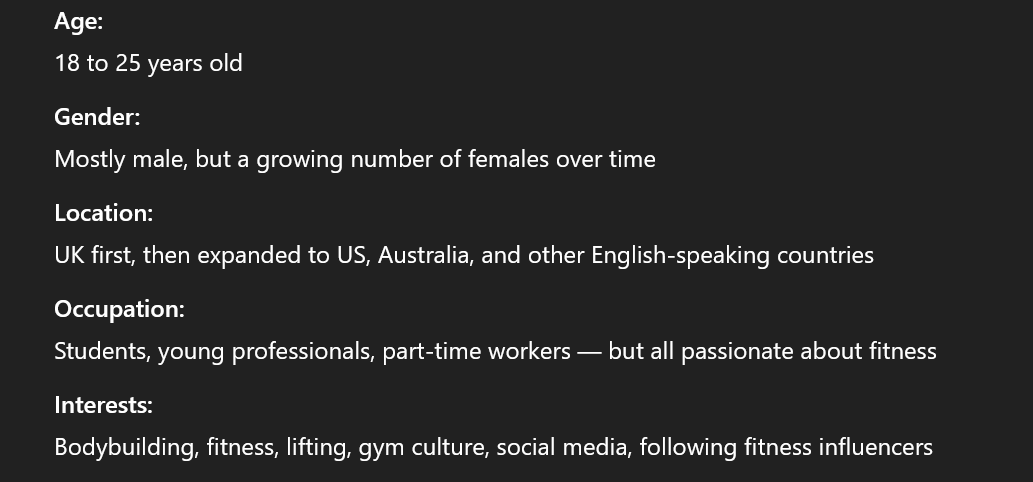
Influencer marketing has become Gymshark’s biggest sales driving, which I will talk about in brand marketing.
Profitability and raised funds
Gymshark became profitable around 2015, about three years after Ben started it in 2012.
They were making 7 figures by then.
The first years revenue are accurate and every source give different numbers.

Gymshark had one major investment round.
In August 2020, they took £200 million from General Atlantic, a US private equity firm, in exchange for 21 percent of the company.
That was their first outside money, and it pushed their valuation past £1 billion, making Gymshark officially a unicorn.
Brand Marketing
Here are more brand marketing moves Gymshark used to stand out and grow fast.
They didn’t just build a brand, they became one of the biggest names in the game over the last 10 years.
At the time, there were no gym clothing businesses, just sports brands making gym gear.
Content that matched the culture
They didn’t post boring product shots.
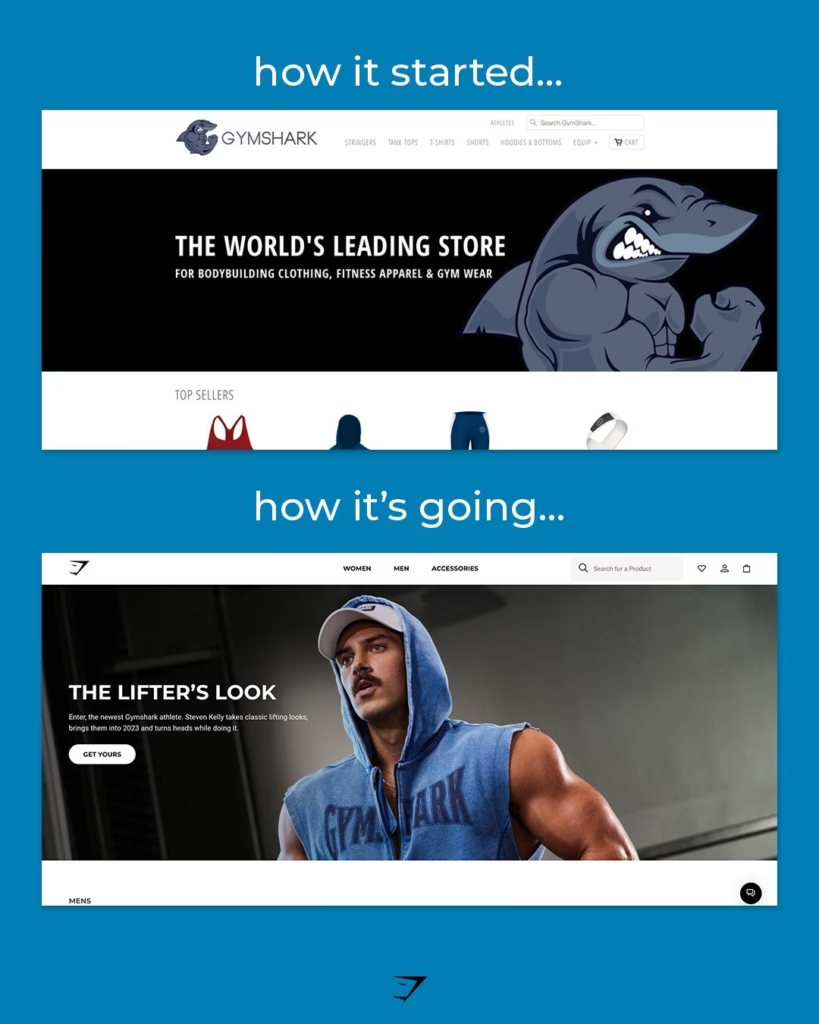
Their content looked like what gym lovers were already watching, workouts, transformation stories, real gym life.
It felt like the community, not a company.
Hype drops and limited runs
Just like sneaker brands, they launched collections in small quantities.
It created urgency, made people wait for every drop, and made sure nothing sat on shelves.
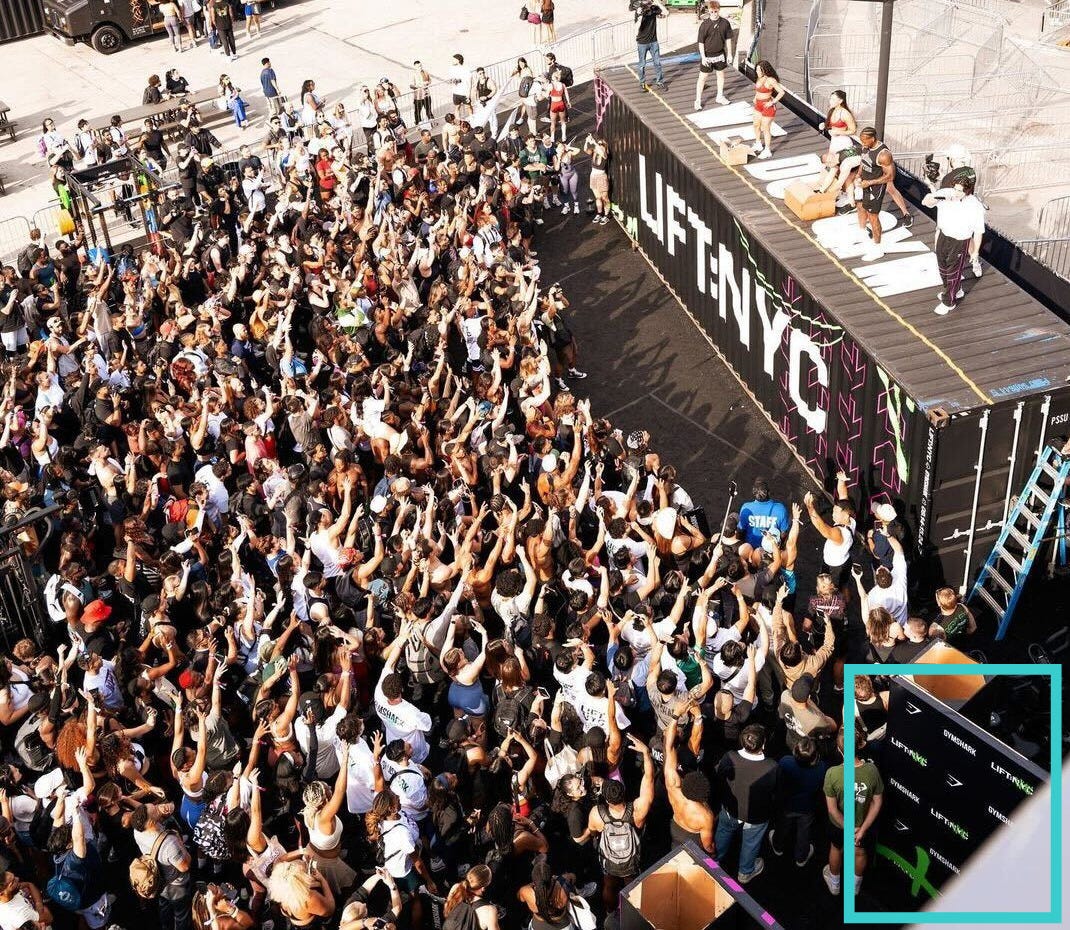
Pop-up stores and live events
They showed up in person. BodyPower Expo, Gymshark pop ups , real energy, real fans, real hype.
People lined up to feel the brand, not just buy it.
User-generated content
They reposted fans and athletes. It made people feel seen. You didn’t need a million followers, you just needed to be part of the movement.
Consistency everywhere
Same vibe everywhere, the look, the message, the tone, whether online, offline, on socials or in emails. You always knew it was Gymshark.
This wasn’t just marketing. It was building a lifestyle people wanted to wear.
Scaling With Influencer Marketing
Every clothing brand should copy their marketing gigs.
They are a marketing machine, and here are some of the things they did with the influencers that worked
- Picked the right people early
They didn’t chase big names. They sent free gear to small YouTubers who were growing. Those influencers grew with Gymshark. It felt like a team, not a deal.
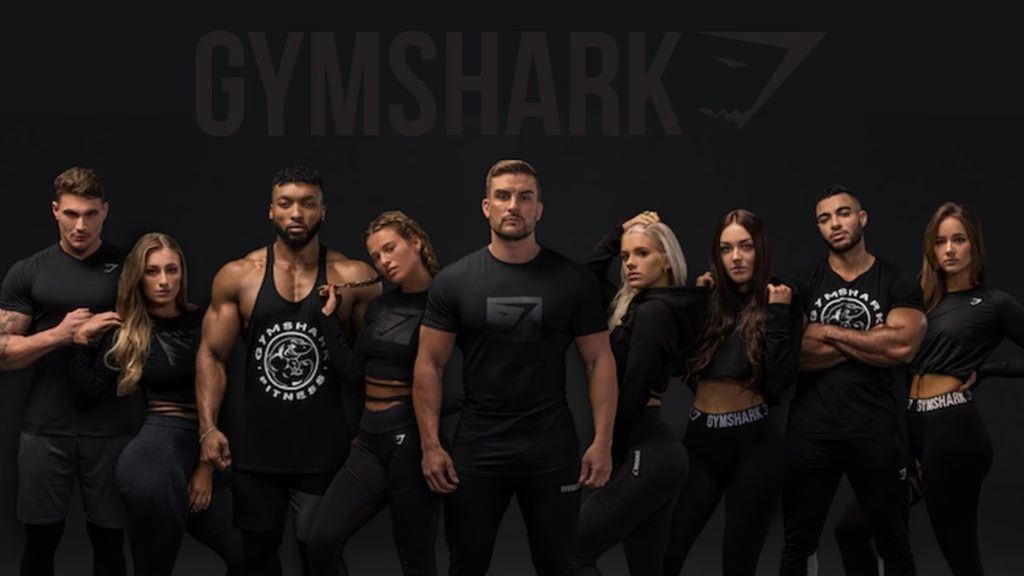
- Made influencers feel like part of the brand
They didn’t just promote for them, they called them Gymshark Athletes. Gave them the spotlight, flew them out to events, gave them the treatment. People wanted in.
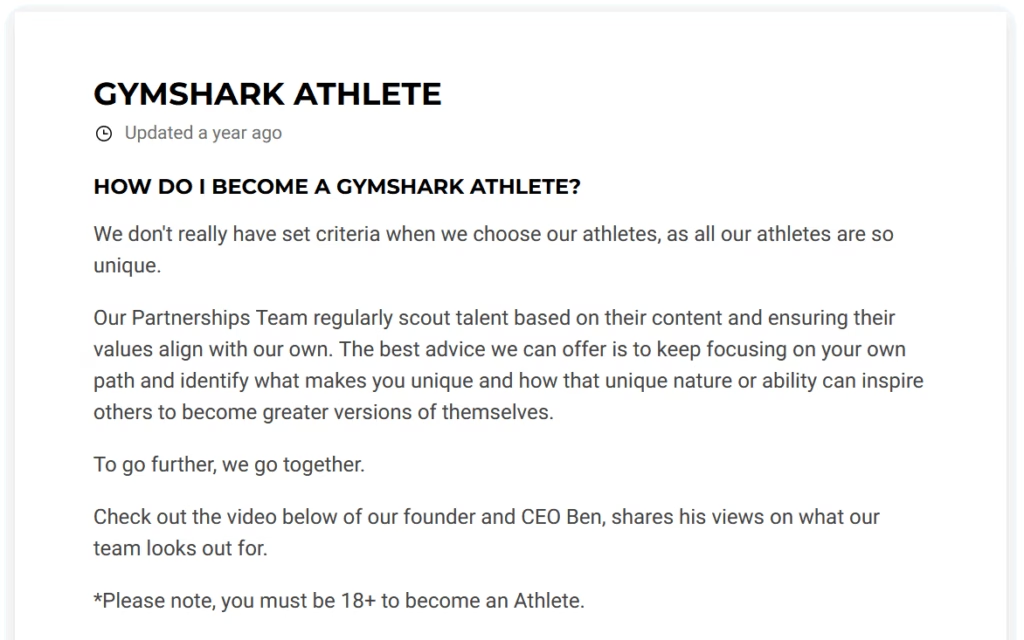
- Fittness Influencers were quieng to be part of the Gymshark athletes and the company had a page in their site addressing the demand
- Free Marketing
At one point, influencers were lining up to be part of the Gymshark Athletes team. They were doing free marketing just to get noticed by Gymshark.
- Built a movement, not just a campaign
- Gymshark stood for something. Hustle, progress, identity. When you wore it, you felt part of something. Influencers wanted to be linked to that.
- Gave creative freedom
- They didn’t micromanage. Influencers made content their way. That made it feel real, and that’s what the audience connected with.
- Ben Francis himself was part of the marketing, he has Youtube vlog a tiktok and Instagram accounts that are popular

Last 6 Years Revenue
While the first years the company ‘s revenue was private and the estimate numbers could fluctuated from source to another.
From 2019 the estimate revenue is close to accuracy:
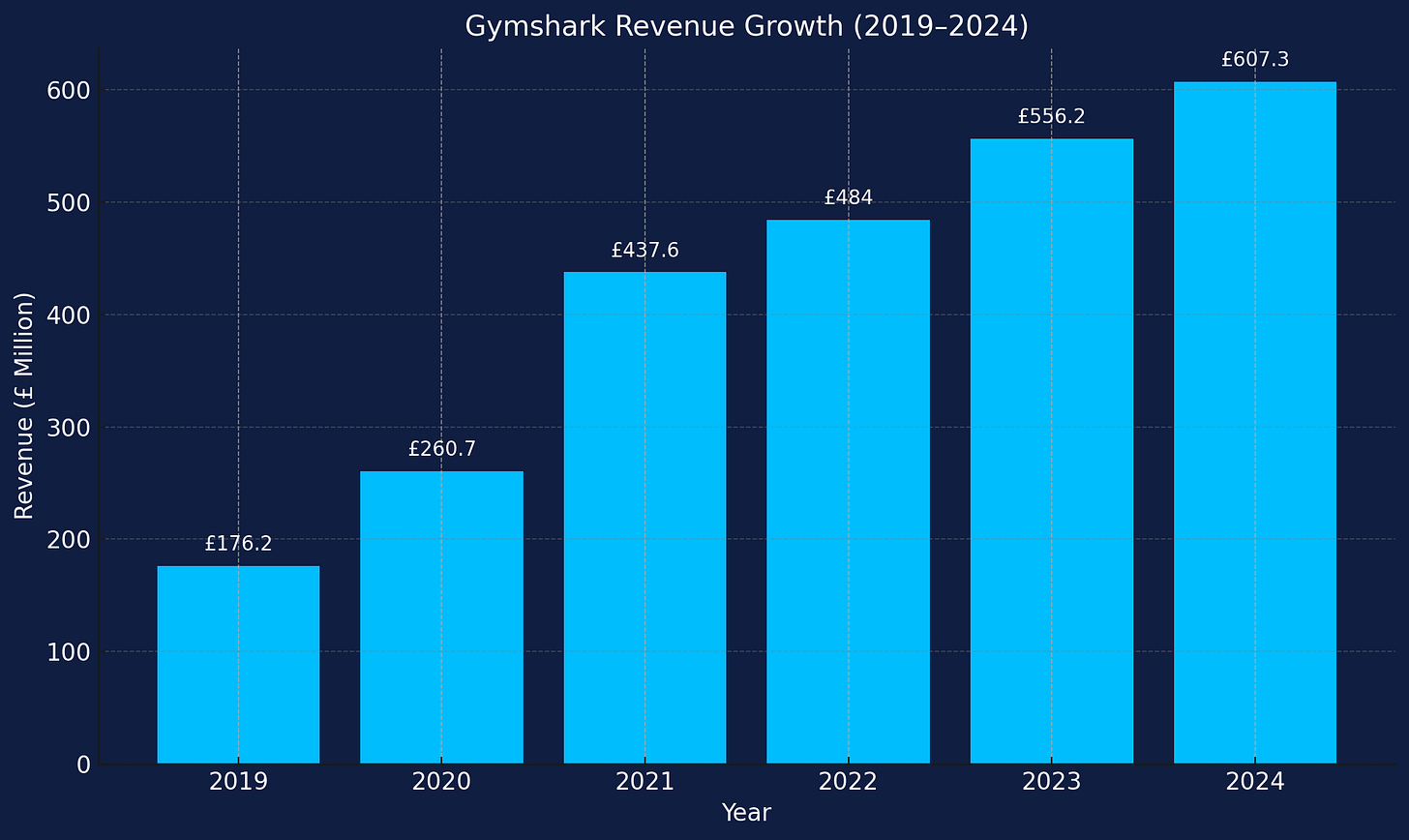
Here’s the list of Gymshark’s yearly revenue from 2019 to 2024:
- 2019: £176.2 million
- 2020: £260.7 million
- 2021: £437.6 million
- 2022: £484 million
- 2023: £556.2 million
- 2024: £607.3 million
Take Away Strategy
First of all I would plan my year with attainable major goals to reach.
check here how I did with Afroneurs here the article
If I would start a clothing brand, I would niche it down like Gymshark did with gym wear.
I would obsess over the quality, find a way to make it affordable, I can always raise the price once the brand feels premium.
Today influencer-marketing is expensive and tough.
So I would go for small creators in my niche, 10k to 20k followers, with high engagement.
The ones willing to wear my stuff for free or for small payments.
I would build my personal brand with content. Start with short videos, then YouTube long form videos, day in the life or vlogs where I talk about the company non stop.
How I’m building, the struggle, the problems, the hustle and the wins.
I would grow the company page like a creator. Content that fits the niche, just content that lives where my audience scrolls.
I would drop products in small batches to build hype. No extra stock. When it’s gone, it’s gone.
Then I would show up. Pop ups, meetups, real life energy. That is how I would build it, one real move at a time.

